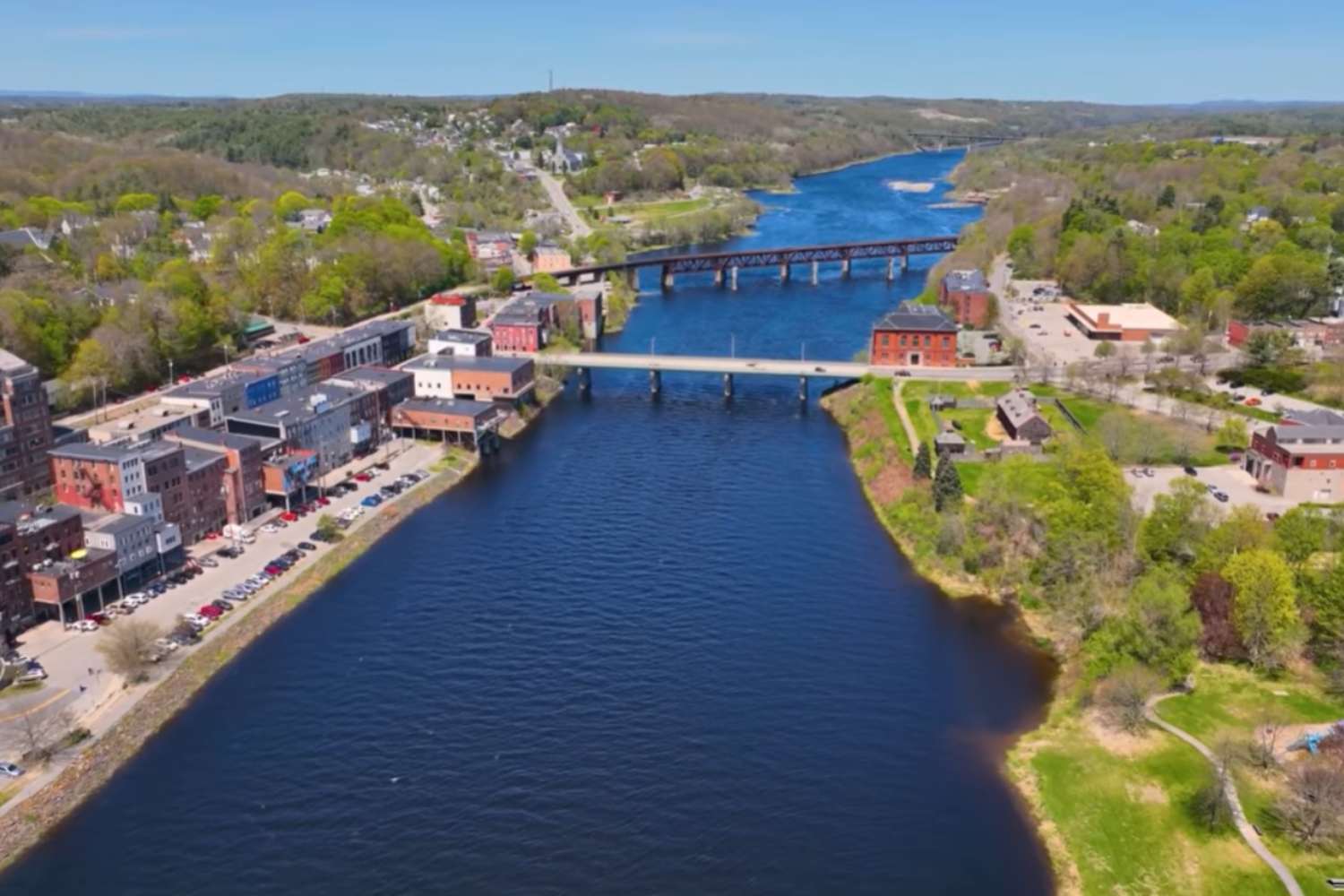In Maine, four dams will be removed along the Kennebec River, freeing hundreds of miles of habitat for salmon, herring, and sturgeon, allowing them to ascend rivers blocked for over a century

In Maine, ownership of four major dams on the Kennebec River has been transferred to The Nature Conservancy (TNC), with the goal of restoring natural habitat for Atlantic salmon, herring, and sturgeon. The structures, managed until now by Brookfield Renewables, prevent migratory fish from reaching their historic spawning grounds. The acquisition, completed on September 15, 2025, cost $138 million and represents the first step toward returning a free-flowing river after more than a century.
The Kennebec River originates from the Sandy River, flows through cities like Skowhegan and Waterville, and empties into the Gulf of Maine. The dams involved in the project are Weston, Shawmut, Hydro-Kennebec, and Lockwood, distributed along the lower stretch of the river. Removal won’t be immediate: the federal regulatory process, as demonstrated by similar cases in California, will require years. TNC aims to raise an additional $30 million to create a nonprofit organization that will manage the decommissioning, allowing the dams to produce energy for another 5-10 years.
A key aspect involves collaboration with Sappi North America, whose Somerset Mill facility depends on water management from one of the dams. The goal is to combine environmental restoration and support for industrial activities, ensuring both ecological and economic benefits for the region.
Benefits for aquatic wildlife
Atlantic salmon, a species considered near threatened globally, will be able to swim up the Sandy River, gaining hundreds of miles of spawning and rearing habitat. Herring, Atlantic sturgeon, and American eel will also benefit from the free-flowing river. Currently, only a small fraction of the historic salmon population manages to ascend the Kennebec, often transported by truck past the dams to spawn, with many losses along the way.
The removal of dams on California’s Klamath River and previous removals on Maine’s Penobscot River have demonstrated that fish retain ancestral instincts and that river restoration brings lasting environmental and economic advantages. The Kennebec project therefore promises to restore the river’s natural ecological function and create a replicable model for river restoration.
